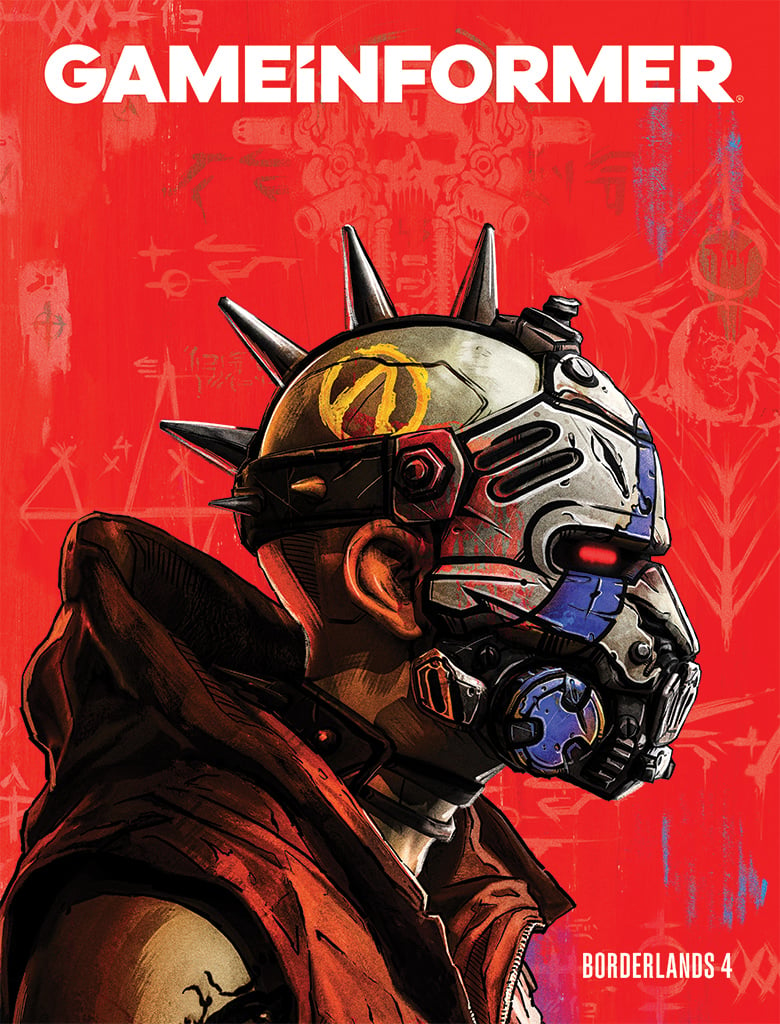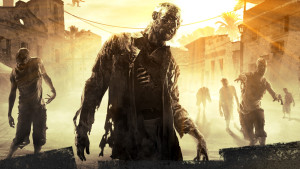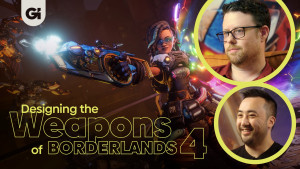Last chance to get your Borderlands 4 issue when ordered by July 1st. Subscribe Now!
My Franchise Favorites
Think sports fans aren’t geeks? Quit kidding yourself. If you spend your free time tracking the statistical minutiae of third down conversion percentages, buying fantasy football strategy guides, and breaking down the pros and cons of stacking nine men in the box against a running back in Madden, you have a lot more in common with D&D players than you think. Nowhere is this more personified than the franchise mode, a staple of modern sports games.
The reason franchise modes hold power over sports gamers is self-evident – it’s the one place where fans of moribund teams like the Detroit Lions, Minnesota Timberwolves, and Chicago Cubs can win a championship. The key to creating these Cinderella stories is giving players the ability to shun the idiotic philosophies of failing general managers and boldly rebuild the team as they see fit. Is your inaccurate quarterback costing you in come-from-behind situations? Trade for a new one. Want to get rid of that locker room cancer Milton Bradley? Waive him at the push of a button. The possibilities for team transformation in pursuit of a championship are endless – unless the game gets in your way. Since the franchise mode is such an integral part of the sports game experience, I wanted to give shout outs to my favorite franchise features. Here are the shining examples of excellence in the areas that matter most: Free Agency – NBA 2K10
Free Agency – NBA 2K10
The Association is the most complete franchise mode in sports games, and the crown jewel of its experience is the free agency system. By giving players unrivaled flexibility in contract negotiations and arming the CPU teams and players with behaviors that reflect their real-word counterparts, developer Visual Concepts has created a unique player ecosystem that rises above simply tweaking salary sliders until your target accepts your offer. In NBA 2K10, you’re not only offering a lump sum of money to a free agent; you’re offering a role on the team that must jive with a player’s desires. While a 34-year old center whose career is waning may be comfortable being a contending team’s sixth man, chances are you won’t land that young and talented guard unless you tell him that he’s the focal point of your team.
This level of realism makes the frantic opening days of free agency much more heart pounding. As you track other offers your prized target is fielding, you start to get a better feel for what types of situations make the player the most comfortable. It’s then up to you to offer him more money to push your offer to the top, or start focusing your attention on another player who may be a better fit. Forcing the user to account for these types of variables during the negotiation process ultimately results in a more compelling experience. I would love to see other sports games adopt this approach.  The Draft – Madden NFL 10
The Draft – Madden NFL 10
Historically, drafts have been menu-driven experiences marred with poor graphics and unmanageable sums of information. Some games have so devalued the process that they skip the in-season player scouting altogether and simply show you the player ratings during the draft! Talk about lazy. If millions of Americans will buy pre-draft scouting guides and throw away entire weekends to watch NFL teams draft college players, don’t you think there is a market for a more well-rounded experience?
The now defunct NFL Head Coach franchise did great job of dramatizing draft day with a deep scouting system, a flurry of draft-day trade offers, and presentation that presented information in an easy to manage way. Rather than leave this progress on the cutting room floor when EA fired its Head Coach, Tiburon ported some of the game’s best qualities into Madden NFL 10. The two best additions? Introducing a new scouting system that divulges information about a player as you spend more time watching him during the season, and the handcrafted draft classes that guarantee early-round busts and late-round gems in every draft.
By placing underachievers and diamonds in the rough in each round, you feel like something is at stake as you scout players over the course of a season. Do you get a rough feel for the majority of players in the draft class, or do you concentrate on a select few and hope they are still around when you draft? That cornerback atop your big board may have the combine numbers to earn him a first-round grade, but if you don’t do your due diligence you’ll never know he has the awareness of a field goal post. Blowing your draft picks also has a trickle down effect to the rest of your roster – if you’re stuck with the bloated contract of an untradeable first round bust like JaMarcus Russell, it inhibits your ability to take corrective measures in free agency. This brings the draft tension more in line with the real-life festivities – you pray that your designated target falls to you, and if he’s gone, the pressure is on to either trade out of the spot or go with your second “he was actually at the top of our board all along” option.  Trades – NHL 10
Trades – NHL 10
Almost every trading system in sports games has problems, with the core issue being trying to figure out what the hell the other teams are thinking. To make the trading process both operable and enjoyable, the game needs to give more feedback than simply rejecting your offer or presenting an inexplicable counter-offer (I’m looking at you, NBA Live 10). While NHL 10 suffers from questionable trades between CPU teams, the game does a fantastic job giving us useful information with its robust trade block and rumor system. The innovative slider system lets you fine-tune the kinds of trades you are open to, whether that is for veteran players, prospects, or draft picks. Each CPU team page also displays their preferred trade parameters, which helps you find an ideal trading partner. This system is complemented by the rumor mill, which lets you know who teams are dangling as bait.
Another area the NHL devs nailed is the frequency of trade offers. As with the real NHL, most teams approach you about player swaps during two hectic periods – draft day and the trading deadline. Your phone will have no shortage of phone calls during these events, giving you a wealth of opportunities to explore.
What are your favorite and least likeable franchise modes? Discuss in the comments section.











